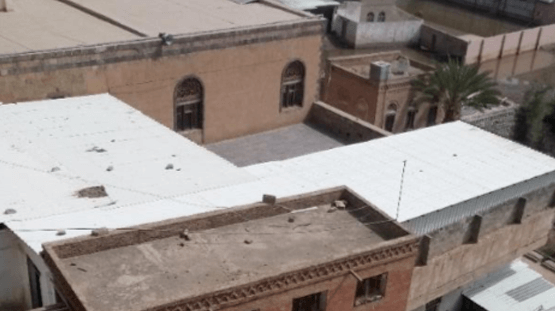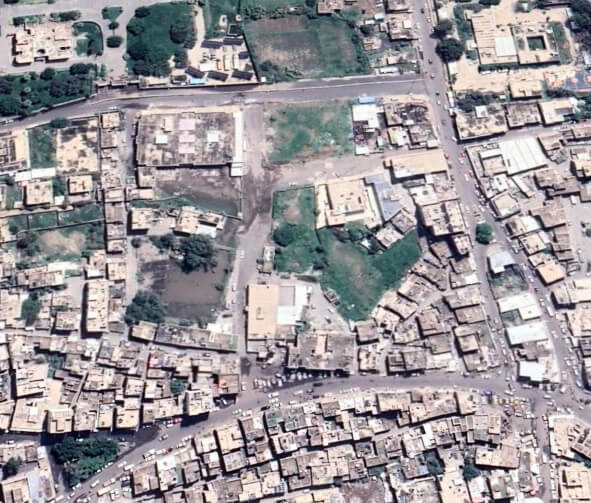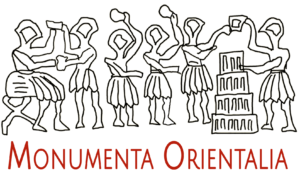
Al-Balqah Mosque – Ṣan‘ā’
مسجد البلقة- صنعاء
Monument description
The sources mention that it was called Al-Kabbani Mosque, who built a tomb next to the Mosque and built its Minaret. No details were mentioned. Through the photos that were found, it became clear that the Monument was small and consisted of a Prayer Hall, a courtyard, a Minaret and a sabil. The Mosque, how it was and how it developed and the existing monuments from the beginning of the construction.

Architectural and cultural value
Construction style and built date: The layout of this Mosque is in the style of mosques, which consist of a Prayer Hall with a flat roof supported by wooden beams resting directly on the capitals of stone columns and arches. The Mosque was built in the year 1014 AH, as it is written in the inscription on the western facade of the Prayer Hall.
Components of the Mosque: Prayer Hall, Minaret, southern and western courtyards, Shrine, Al-Saqifah and traditional baths.
- Justifications for intervention:
- 1. Neglecting the competent authorities in carrying out periodic restoration work due to the lack of budgets for the repairs
- 2. Preserving the Monument from disappearance and stopping the damage caused to the monument from expansions
- 3. Restoration of the damage to the Mosque resulting from the flight strikes in the Old City of Sana‘a
- 4. Contribute to the restoration of damaged monuments in a proper manner in order to keep the Old City of Sana‘a in the World Heritage List.
- Monument conditions:
- Damages resulting from the old building and time factors, and caused by wrong repairs and previous poor restoration, and by water leakage into the Mosque, and these damages include:
- Damages resulting from the old building and time factors, and caused by wrong repairs and previous poor restoration, and by water leakage into the Mosque, and these damages include:
- 1. Cracking of the Qadad in the water pool and walls, and surfaces
- 2. Cracks on the roof of the Prayer Hall
- 3. Moisture and salinity in the foundations
- 4. Collapse of some parts of the stone walls.
- Treatment:
- – Restoration and re-layer the Qudad in the affected places.
- – Redressing and making a coat to drain rainwater: Restoration and re-layer the Qudad in the affected places.
- – Redressing and making a coat to drain rainwater: Reconstruct the dilapidated wall; Stop longitudinal cracks; Treating damaged foundations and solving the problem of humidity; Treating roofs and preventing rainwater intrusion.

Countries











